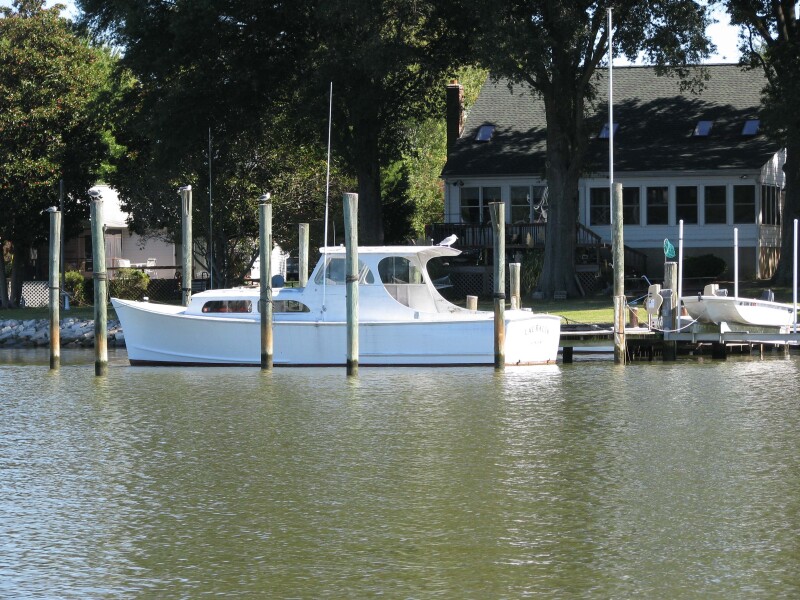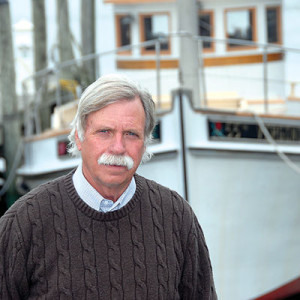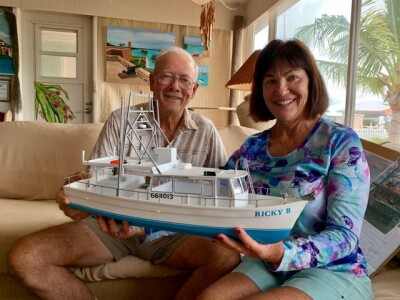July 22, 2024
Last of Potomac River dory builders passes

Creighton Palmer built the wooden long-planked bottom cabin cruiser Lauralia, above, in 1968. He also built 42-foot workboats for Maryland’s soft-shell clam dredge fishery. Photo by Robert Hurry
One of the last of Maryland’s Potomac River “long-planking” dory builders, Creighton William Palmer, passed away in June at 89, leaving behind a legacy of building what some referred to as the “perfect” wooden boat.
“Creighton was never in a hurry to get a job done,” says Joe Scrivener of Drayden, Md. and owner of Maryland Seafood Inc. “But what he did was perfect. He would pick up every board in a stack of 40 boards until he found the one with the just right curve or twist.”
When Scrivener,…

You've caught the limit!
Free membership gives you access to:
- Unrestricted access to all NationalFisherman.com articles.
- Receive in-depth reports and research on various topics related to the fishing industry.
- Up-to-date news updates from the fishing industry delivered directly to your inbox twice a week.






